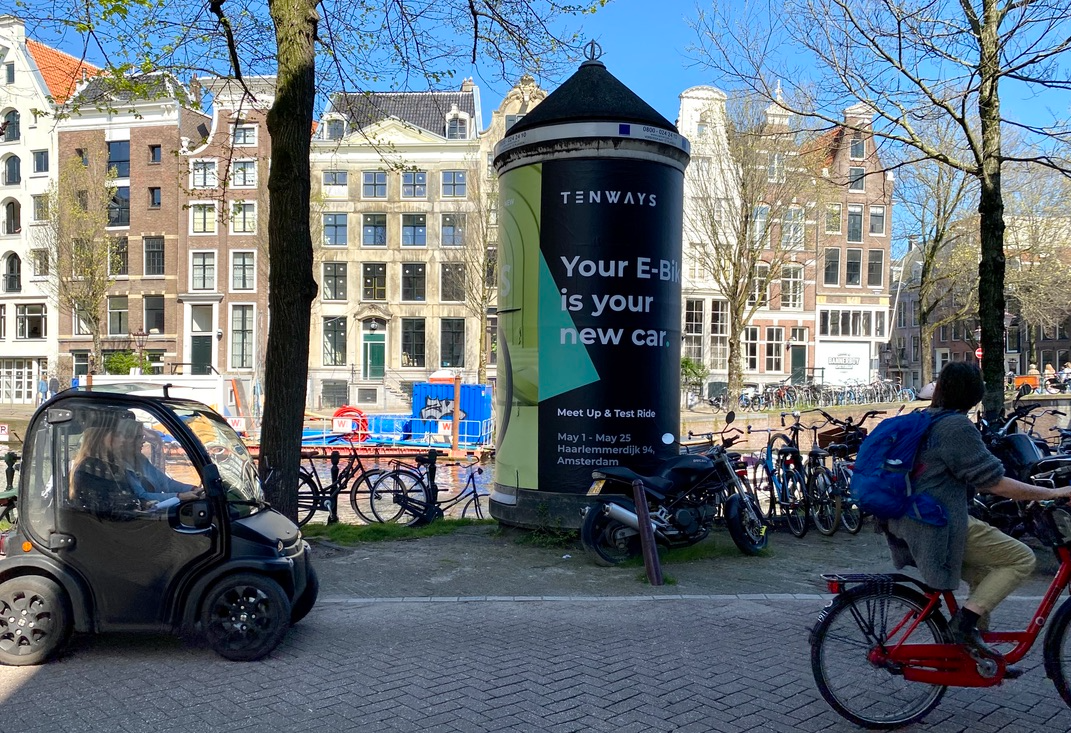
Have you ever seen a particularly eye-catching Out-of-Home (OOH) display and thought, “I want to advertise like that, but OOH is too…(challenging to measure, expensive, time-consuming, etc.)?
Many advertisers new to OOH may believe OOH costs too much or takes a lot of time and resources. They may also think that it cannot possibly match the advanced targeting capabilities of digital advertising and that it’s only valid as a brand awareness channel.
In reality, OOH is affordable and easier to do than you think. The capabilities of OOH for targeting, measuring, and conversions rival those of digital advertising channels.
This article examines some common misconceptions about OOH and dispels the myths surrounding OOH advertising.
Some OOH advertisements can be costly, especially in popular locations like Times Square. But OOH ads can also be very inexpensive and efficient. Like many other types of advertising, the costs depend on many factors, including the type of advertisement, the location, and the duration of the campaign.
A 30-second Super Bowl advertisement costs approximately $6.5MM, and an average CPM costs between $55 and $65. If you took this same $6.5MM budget, advertisers could place an OOH ad in all of the top 50 markets in the US. The ads would generate over one billion impressions and achieve an average reach of 84% and a frequency of 7.2 in these markets at a CPM cost of $5.40.
Often OOH doesn’t cost as much as you would think. Though spending seven figures on an outdoor campaign is possible, it’s also possible to have an effective campaign with a smaller budget.
The truth is that not only are OOH campaigns affordable, but they are often more cost-effective than other media types. The Cost Per Thousand (CPM) rate for outdoor advertising is the lowest of any advertising channel except Digital Display. According to Solomon Partners, the average CPM rate for OOH is between $2 and $9. Like in the case of the Super Bowl example above, you can get your advertisements in front of more people for less money using OOH.
Advertisers often work long hours to reach hard deadlines. Putting together effective marketing strategies and creative campaigns takes time and energy. Adding OOH to the campaign mix on top of your multichannel campaign may seem like a nice-to-have option that you don’t have the time or staffing to execute.
Preparing effective OOH strategies and campaigns doesn’t have to take a long time. OOH Specialists like Billups can organize and manage your outdoor advertising campaigns for you utilizing proprietary inventory platforms and technology. Also, new ways of buying - especially in Digital and Programmatic OOH - allow advertisers to put up an ad by the next day.
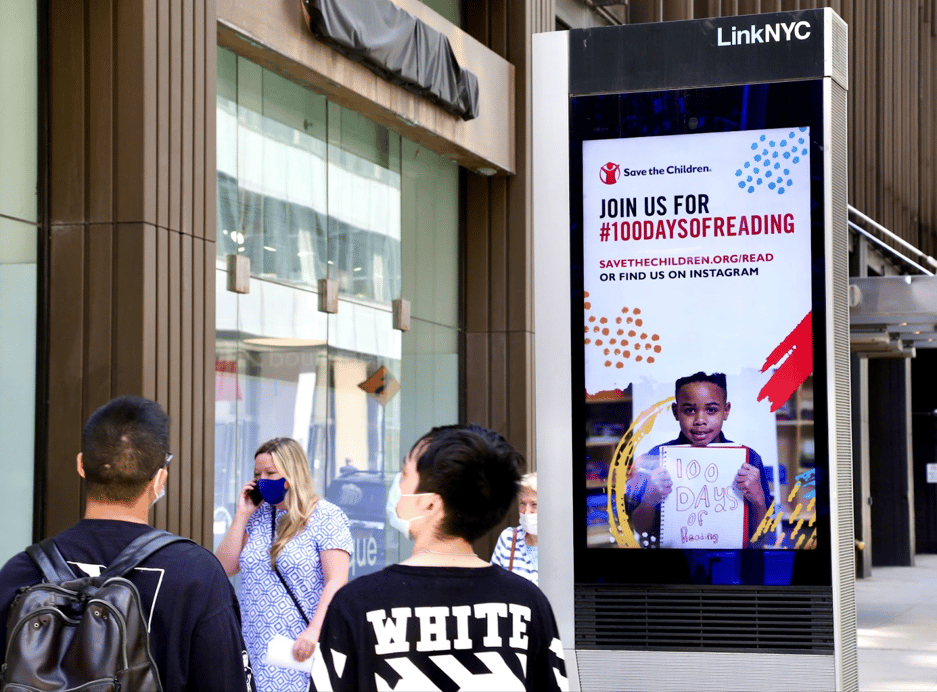
OOH Specialists have extensive experience executing impactful cost-effective OOH advertising campaigns. They can quickly put together strategies that will be effective and have established relationships with hundreds of media owners. If you’re an agency or brand that wants to utilize the power of OOH, you only have to make one phone call or email to an OOH Specialist to create and execute your campaign anywhere in the US or international markets. You can have a complete OOH recommendation to review and implement in less than a week. Some OOH Specialists have access to digital tools and technology that assist in planning effective campaigns. A specialist will manage the entire process for you and provide creative guidance, including posting instructions, proof of performance reporting, and updates for the duration of your campaign.
Long used in Digital and Placed-Based advertising, Programmatic advertising is gaining popularity in outdoor advertising. It provides a turnkey advertising process that allows advertisers to buy ad space and put up their ads quickly. Turnaround can be as fast as 24 hours if the creative design is prepared and ready.
You may be a brand with a specific audience preference. The best way to reach them is through highly-targeted online advertising. Historically, OOH was used for brand awareness, complementing and supporting other advertising channels. However, targeting audiences through OOH has changed dramatically in recent years. However, using mobile device ids (MAIDs) and other technological improvements, OOH can be a targeted media channel while maintaining a solid brand awareness message.
While following relevant privacy policies, including CCPA and GDPR compliance standards, OOH Specialists like Billups can now provide hyper-targeted OOH campaigns that penetrate critical campaign DMAs, utilizing specific psychographic and demographic segmentation to allow specific OOH targeting capabilities down to a particular zip code or census tract. These targeting capabilities enable brands and agencies to visualize these behaviors and audience patterns on interactive maps overlaid with OOH placements.
Precise OOH targeting will also save advertisers money by eliminating wasteful spending that does not reach the specific target audience. If you choose an OOH Specialist, ensure they have the technology to utilize these targeting capabilities.
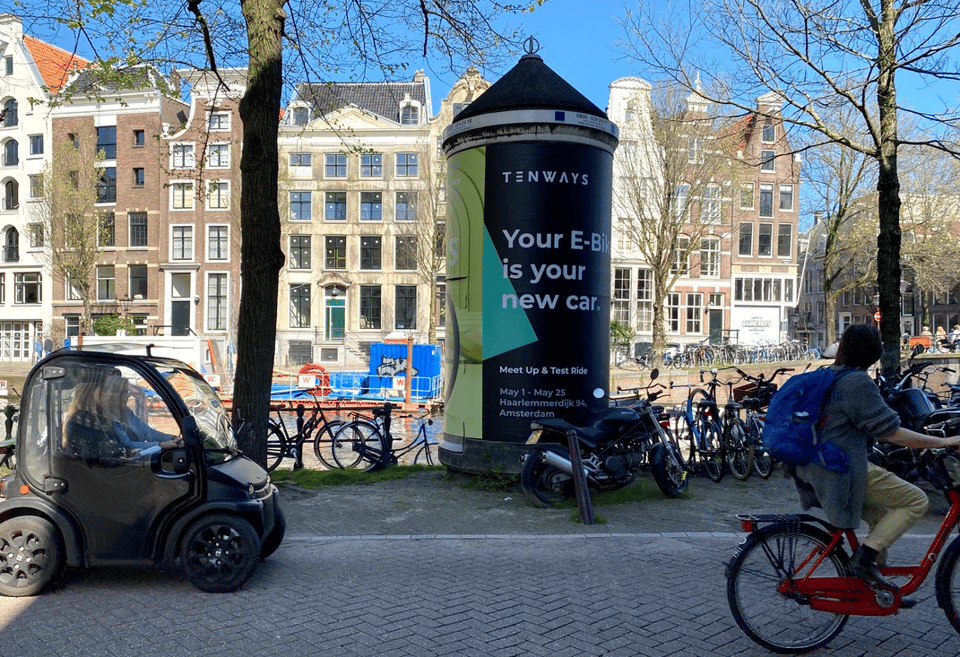
In the past, measuring OOH impressions and other metrics reliably was difficult. It was also challenging to see what actions a user took due to an outdoor campaign. Now OOH measurement is reliable, accurate, and can be plugged into any integrated media plan.
MAIDs can be used to show who is driving by a Billboard location viewshed. Technology like Billups’ patented “object location” modeling predicts an audience’s opportunity to view each unique OOH placement. This modeling considers factors like the elevation of an OOH location, the speed at which a consumer passes a Billboard, the dwell time of a consumer to an ad message, environmental surroundings, and any potential obstructions to the ad message. Based on these factors, a probability score is assigned to an OOH location, and a visibility index determines if the likelihood of exposure is optimal or suboptimal. Suboptimal impressions do not count as exposures.
Advertisers are demanding more and more granular data to track the performance of their campaigns, and OOH Specialists are meeting that demand with patented technology that yields data-driven insights and results.
Using technology, advertisers can measure lift in visitation to a physical store, website visitation, and app downloads. This data can provide information on the audiences responding to your campaign down to a specific OOH unit.
At Billups, we use MAID location data to evaluate OOH measurement. Our patented viewshed technology lets us know whether a mobile device was within the area where the advertisement was likely to have been seen. From there, the mobile device is tracked to see whether the user took subsequent actions, such as visiting the brand’s store or website or downloading its app.
OOH attribution continues to evolve as advertisers seek more insights. In the past, campaign performance reports could only be provided every 30 days. With Billups’ new exposure measurement dashboard, users can evaluate the effectiveness of specific OOH locations and the overall OOH campaign in real time.
Historically, media planners considered OOH a Top of Funnel (TOFU) channel with a broad reach that drove awareness of a brand's message. While OOH is a great driver of brand awareness, OOH is no longer just TOFU. Many brands are turning from performance-based marketing to brand marketing, which makes OOH seem relevant and logical.
OOH has the power to create action. What action did the consumer take after they were exposed to your ad?
More than providing legitimacy for an emerging brand, OOH can affect audience behaviors, depending on the ad message to have consumers visit a store, a website, or take other CTA.
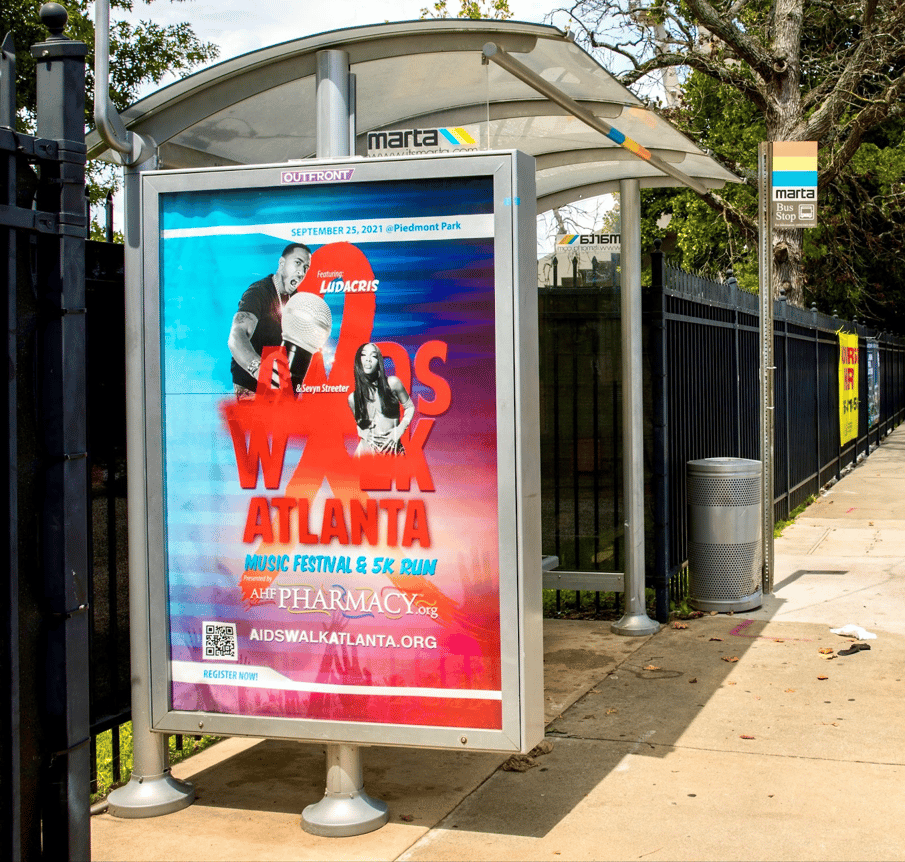
OOH can drive your audiences through all marketing funnel stages, primarily when used with other mediums. From awareness to consideration and conversions, OOH can complement other advertising channels to produce effective results.
Many people may think Out-of-Home advertising is just Billboards and may be reluctant to consider such a limited option.
While Billboards and Digital Billboards have become more popular as consumers emerge from the post covid period, they are just skimming the surface of all advertising platforms under the outdoor advertising channel. Any advertisement you see outside your device screen and your home is OOH. There are many different format types in OOH.
The truth is, OOH is everything. It’s cinema. It’s place-based digital. It’s transit ads. Bus advertising. Event marketing. Guerilla marketing. It’s Experiential marketing. Media seen on airplanes. It’s the video screens you see in restaurants and restrooms. It’s all the advertising people experience in the world and space. The limitations of OOH media are virtually non-existent.
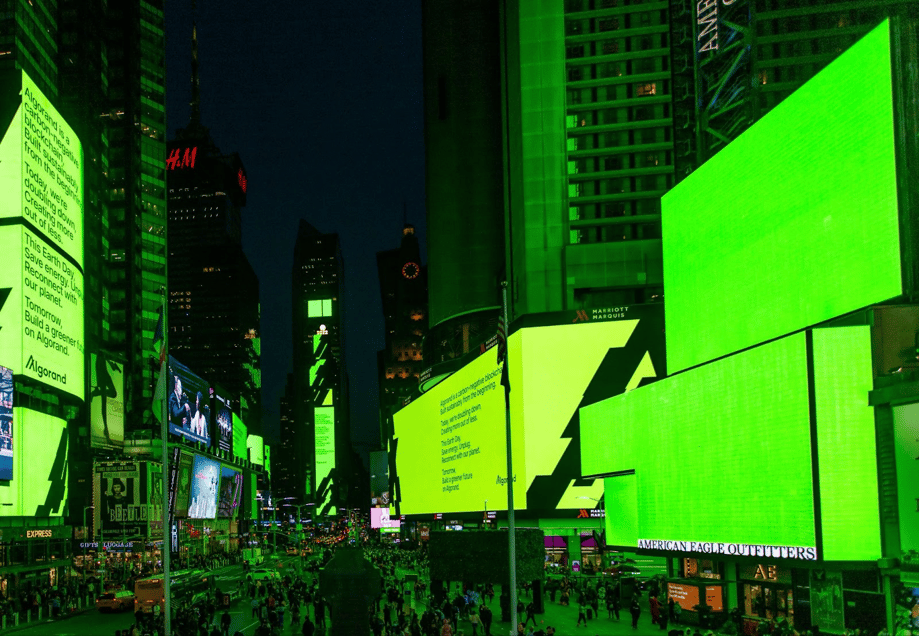
Now that you know the truth about OOH - it’s affordable, effective, and won’t drain your resources, do you think differently about the medium? Are there more “myths” about OOH you would like to explore? Reach out to us today!
Don't worry—we won't share your information.